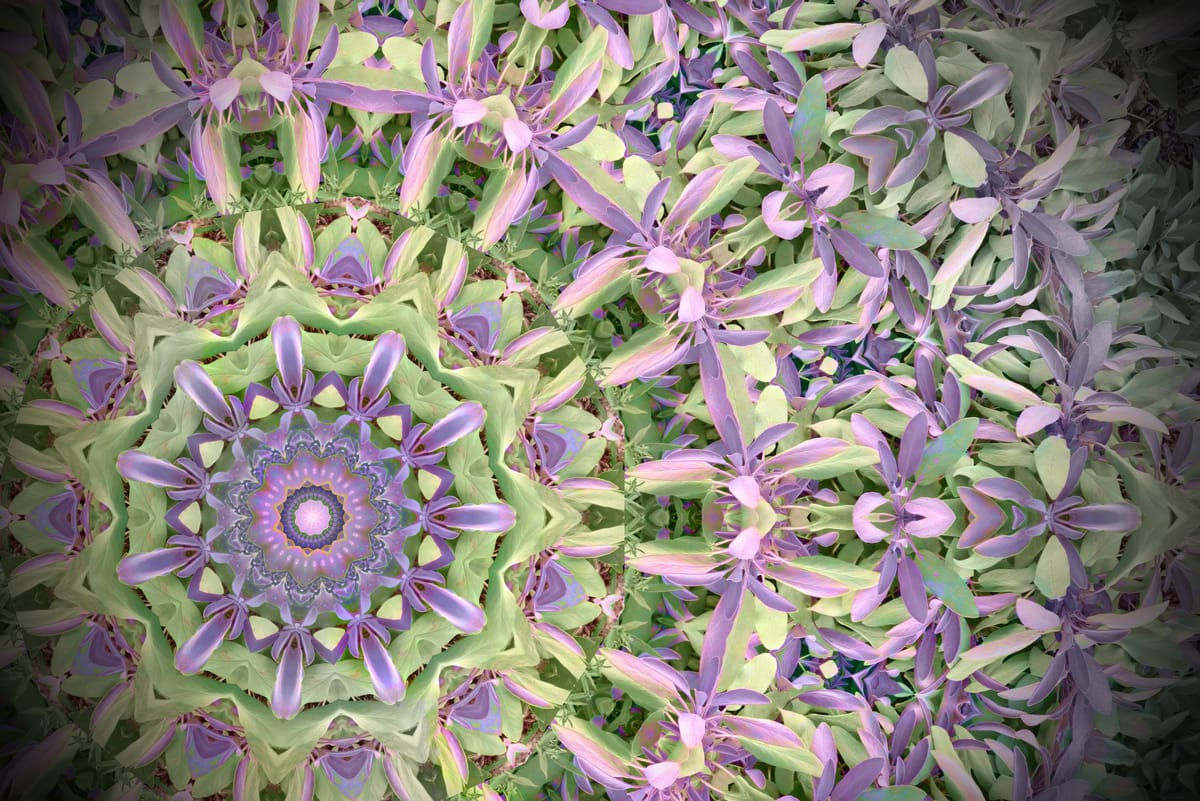Sage is a perennial herb from the Lamiaceae family, primarily grown in Southern Europe. Recognized for its aromatic, culinary, and medicinal attributes, it belongs to the Salvia genus, which boasts over 900 species. Salvia officinalis L. is among the most notable. The historical use of several Salvia species, like S. officinalis, Salvia fruticosa, and Salvia pomifera, traces back to ancient Greece, known for both culinary and medicinal applications. S. officinalis, often referred to as common or Dalmatian sage, is an evergreen plant with woody stems, grey leaves, and flowers ranging from blue to purple. Though originating from the Middle East and East Mediterranean, it's now cultivated worldwide. This sage is a popular food seasoning and a key ingredient in various traditional remedies. Numerous studies affirm its array of health benefits, including antioxidant, anti-inflammatory, and anticancer effects. Various chemicals in the plant contribute to these benefits. [1]
The Origin of the Name “Sage”
The story of Sage begins with its French origin, “sauge,” which was derived from Latin's “salvia.” Its name is derived from the Latin word'salvus,' meaning healthy. This term is not just a name, it is deeply intertwined with the plant's history and its healing properties. A look at its etymology shows that it comes from the PIE root *sol-, which means “whole” or “well-kept.”
Alternatively solə-, is a root from Proto-Indo-European, signifying "whole" or "well-maintained." The validity of this root finds support in several languages: Sanskrit's "sarvah" means "whole or uninjured;" Latin employs "salvus" for "safe" or "healthy" and "solidus" for "solid."
In the past, sage was more than just a herb for flavouring. It was revered and regarded for its medicinal properties. It was widely known that it possessed the ability to maintain dental hygiene and alleviate sore gums. A popular remedy was a concoction made by boiling sage in water, which was thought to help with ailments such as arthritis.

Nutritional and Medicinal Benefits of Sage
Modern scientific research has delved deeper into the potential health benefits of sage. Findings suggest that sage might enhance cognitive performance and alertness across different age groups. There's also evidence pointing to sage's potential role in managing cholesterol, specifically in reducing bad LDL cholesterol and increasing good HDL cholesterol. Furthermore, modern studies confirm sage's robust antioxidant capacity, highlighting its potential role in combating oxidative stress and possibly reducing the risk of certain chronic diseases. Additionally, sage has been shown to exhibit antimicrobial properties, making it effective against various bacterial and fungal strains.
Antioxidants
Notably, sage species are prized for their antioxidant capabilities, attributed mainly to their phenolic content. Numerous methods exist for extracting and identifying these compounds from sage. Some key components found include rosmarinic acid, carnosic acid, salvianolic acid derivatives, tannins, essential oils, flavones, and phenolic acids, among others.

Sage Teas
Sage teas from different stores were tested in a study to see how much healthy stuff (polyphenols) they had. They used machines to see what was inside and checked how good the tea was at being an antioxidant using different tests. The results indicated that the amount of healthy stuff in the teas was extremely diverse, sometimes by a lot (like 20 times different for something called rosmarinic acid). The tests found that the health benefits, which changed a lot between the teas, really depended on rosmarinic acid. They also found another easy way to check the quality of sage tea. Because there's such a big difference between brands, there's a need to make sure they all meet a certain standard, especially if people are drinking them for health reasons. [1]
In another study, from Romania, to see their health benefits like phenolics and HCAs. More phenolics meant better health benefits, with rosmarinic acid being a main component. They made different sage extracts. The one made by boiling (decoction) had the most beneficial substances. To make a decoction, you typically boil the sage in water for a while. [1]
To make a sage decoction (a strong herbal tea):
- Take a handful of fresh sage leaves or 1–2 tablespoons of dried sage.
- Place the sage in a pot with about 2 cups (approximately 500 ml) of water.
- Bring the water to a boil.
- Once boiling, reduce the heat and let it simmer.
- Allow the sage to simmer for 10–15 minutes.
- Remove from the heat, strain out the sage leaves, and your decoction is ready.

Culinary Uses
Sage in Cooking: Sage is a cherished herb in various cuisines worldwide. Some popular dishes that champion sage include saltimbocca (an Italian veal or chicken dish), butternut squash and sage risotto, and roast pork with sage. Moreover, sage-infused butter is a delightful addition to pasta, especially gnocchi and ravioli.
Pairing Sage: The robust, slightly peppery flavour of sage complements various foods. Poultry, especially turkey and chicken, are enhanced by sage's presence. Additionally, fatty meats like pork and lamb marry well with its boldness. In the realm of vegetables, root vegetables, especially potatoes, carrots, and squash, benefit from a hint of sage. Furthermore, cheeses, particularly hard ones like Parmesan, are elevated with a touch of this herb. Sage also pairs beautifully with ingredients like garlic, onions, and citrus.
Tips for Storing and Using Fresh vs. Dried Sage:
- Fresh Sage: To store, wrap it loosely in a damp paper towel, place inside a plastic bag, and refrigerate. It should last for about a week. For longer storage, consider freezing the leaves. Fresh sage is typically more aromatic and is best added towards the end of cooking to maintain its flavour.
- Dried Sage: Ensure it's stored in a cool, dark place inside an airtight container. While dried sage has a more concentrated flavour, it's less aromatic than its fresh counterpart. When cooking with dried sage, add it earlier in the process, allowing its flavour to meld with the dish. As a general rule, one tablespoon of fresh sage is equivalent to one teaspoon of dried sage.


Symbolism and Rituals
This post is for paying subscribers only
Subscribe now and have access to all our stories, enjoy exclusive content and stay up to date with constant updates.



